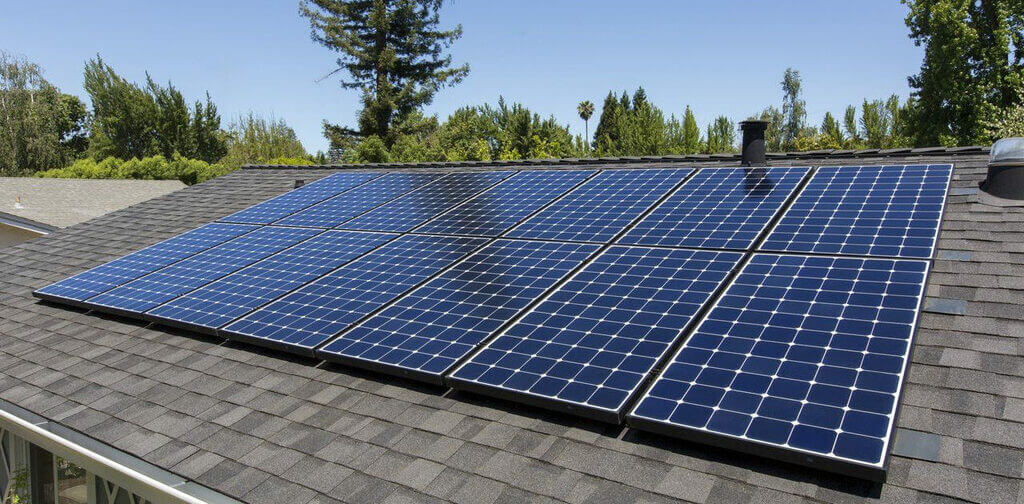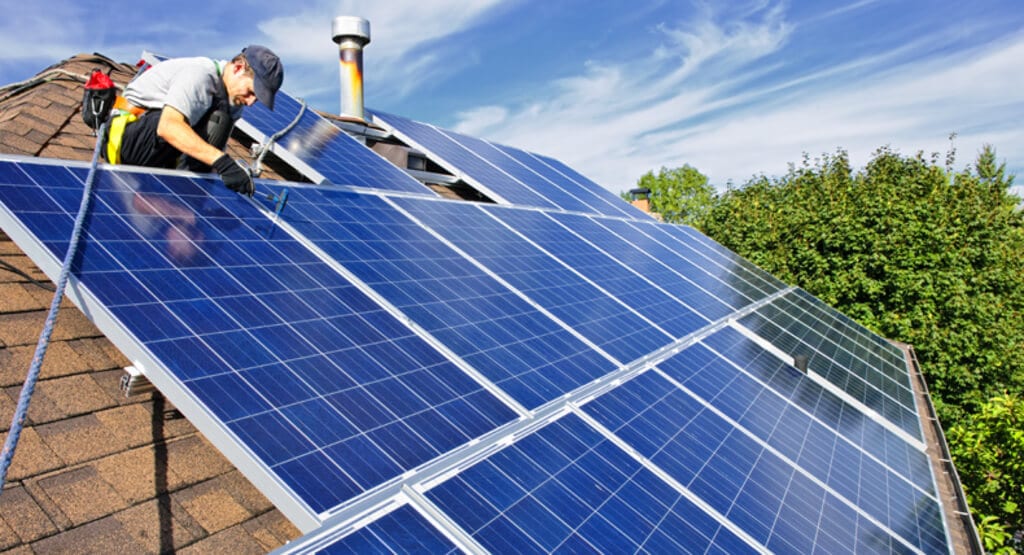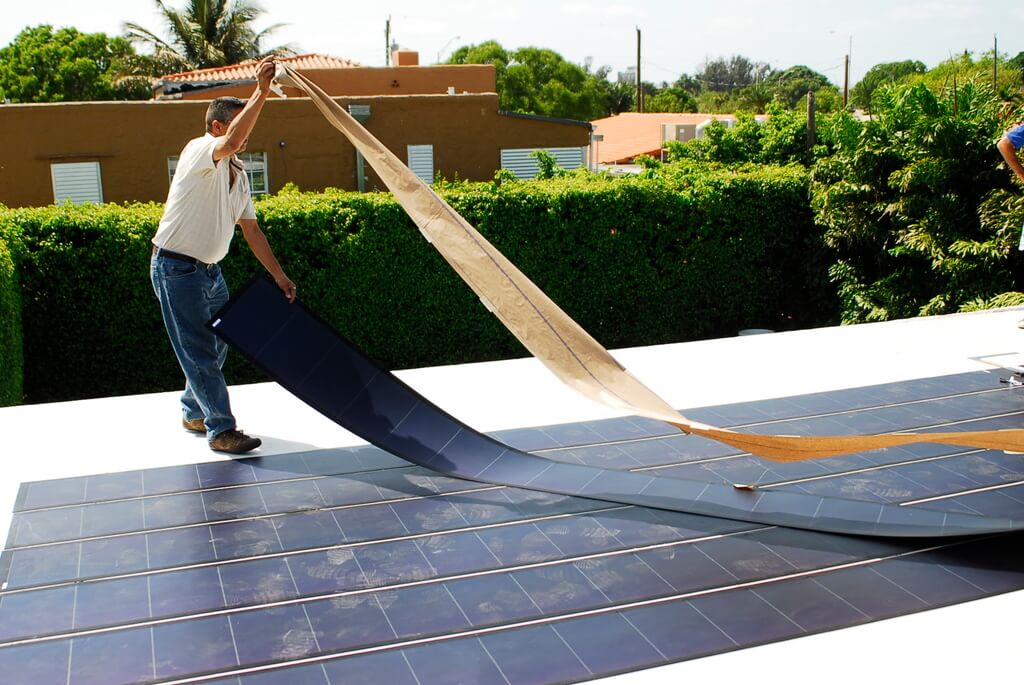Installing a solar panel can be a hassle, especially when you don’t know which type and brand you should buy.
Types of Solar Panels: What You Need to Know
- Monocrystalline solar panels
- Polycrystalline solar panels
- Thin-film solar panels
1. Monocrystalline Solar Panels

The widely used solar panels are monocrystalline solar panels. Each solar cell in mono solar panels is constructed with a silicon wafer made from a single silicon crystal. The number of solar cells depends on the size of the panel.
Usually, a monocrystalline solar panel contains 60 cells used for residential purposes. You will find the solar cells in a square shape with the corners cut off. Since these solar panels are made of a single silicon crystal, it makes the solar panel highly efficient and better in terms of power capacity.
Monocrystalline solar panel’s efficiency ranges from 17% to 20%. Also, if the output is greater, the cost increases too. So, a monocrystalline panel has a price higher than polycrystalline and thin-film solar panels.
2. Polycrystalline Solar Panels

Polycrystalline solar panels are multi-crystalline solar panels and are best for people with a limited budget. These solar panels’ appearance is simple, meaning they usually have un-cut, square-shaped solar cells.
The multiple crystals used in the construction cause these panels to have a “bluish” color, which doesn’t appeal much to customers and makes the panel less efficient. Polycrystalline solar panels also contain 60 to 70 solar cells depending on the size of the panel.
The multiple silicon crystals in each cell cause the efficiency rate to decline, and their efficiency rate is 15% to 17%. With the continuous improvement in solar technology, a standard 60-cell polycrystalline solar panel has enhanced efficiency and power capacity of 300 watts instead of 240 watts.
Since polycrystalline panels are cost-effective for manufacturers, but its price for customers is not very less than monocrystalline solar panels. Their lower efficiency rate makes it a less desirable choice for customers, and they usually opt for monocrystalline panels for a better investment.
3. Thin-Film Solar Panels

Thin-film solar panels are a shocker in terms of appearance. They are entirely different than the other two types of solar panels with a solid black color. They are flexible and lightweight than monocrystalline and polycrystalline panels.
If you have a large solar project, like for industrial purposes, thin-film solar panels with lower efficiency rates are the best choice. Although with the on-going improvements in the solar panel industry and specifically thin-film panels, the commercially available thin-film solar panels have an efficiency rate of 10% to 13%.
Lower efficiency means you will have to install several thin-film solar panels to reach the rate of electricity produced by a monocrystalline or polycrystalline panel. Therefore, fitting thin-film panels in a limited residential space isn’t the smartest choice.
Here’s another caveat, thin-film solar panels have a shorter life span. Where mono and polycrystalline solar panels have a life span of 25 to 30 years, thin-film panels degrade faster and have a shorter life span of fewer than 25 years.
They degrade quicker, which requires frequent replacements over time. With lower efficiency and power capacity rates, thin-film panels have a lower price. Plus, they are easier to install (cutting the price even more), making them more appealing for industrial purposes.
Even though thin-film panels have a lower price, mono and polycrystalline panels’ market price has also decreased. It means that a more robust and efficient mono or polycrystalline panel will not cost you a lot more than buying a bigger size, less efficient thin-film panel.
Read more:-

